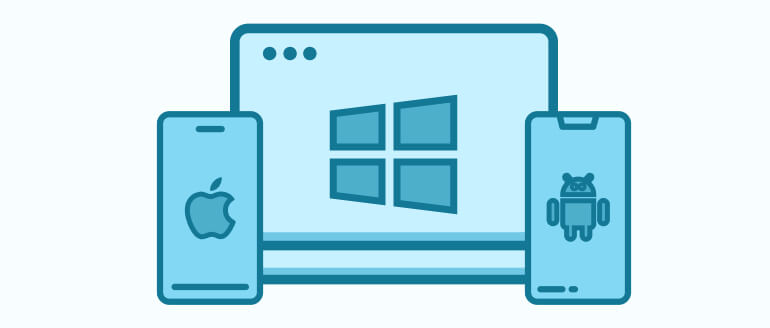How to reduce the price of custom development of a web service or mobile application

Creating a custom web service or mobile app in a Django development agency from scratch is expensive, and often the price is the main stop factor for an order. Creating a site using a CMS will cost less, but this solution has limitations, the complexity of implementing unique functionality and reduced speed are not the main ones. Many more problems can arise because of a vulnerability: CMS is widespread and studied by hackers far and wide. Because of this, hacking such a site and stealing data is not difficult.
If this is not your option, you can optimize the cost of custom development. There is no magic wand, and the cost of an individual solution will not be compared with a template one, but you will eliminate unnecessary costs. We tell in the article how to do it.
Choose a “transparent” company
Start by choosing a contractor (https://www.softformance.com/). Often the price lists of IT companies are not publicly available, but some indicate the price segment. Take a closer look at those developers whose services cost matches your budget, and make a short list of “favorites”. Find out in person how the project cost is calculated.
Don’t neglect the design phase
Careful preparation for development can also save you from financial losses. Therefore, the inclusion of an analyst in the team will help save money eventually. Together with the customer, the specialist will think over the functionality of the product so that major changes do not have to be made during the development process. Adding large modules, and changing the business logic after the start of work significantly increases the time, and, accordingly, the cost of the product.
The analyst will also draw up a clear statement of work for designers and programmers. TK is discussed with the client, and in the process, all important points are clarified. Only after it is agreed upon, does the development of a web service or mobile application begins. The rigor and ambiguity of the terms of reference will help to avoid misunderstandings with the team, and eliminate the risk of related corrections, and extension of the deadline.
Don’t Delay Testing
Ideally, you should start testing soon after the start: the earlier a bug is discovered, the easier and cheaper it is to fix it. If you postpone the search for errors until later stages of development, there is a risk of getting a “snowball” – a small problem initially acquires connections, and to fix it, you will have to rewrite a larger amount of code. According to the Institute for Systems Research at IBM, the cost of “repair” after release will increase by 4 to 5 times compared to the UX / UI design stage. If a bug is discovered already at the product maintenance stage, the price of fixing it can increase by 100 times.
In order not to have to pay for fixing the service at later stages, you should not save on the services of a tester. His inclusion in the team at the start guarantees you the timely detection of bugs and the low cost of fixing them.
Avoid Rare Technologies
Finding a developer who understands and underused framework is not easy. Accordingly, you will have to pay more for his services: this will affect both the cost of developing the project and its further support. There may even be a situation where you do not have specialists capable of maintaining a service or mobile application. The only solution would be a complete reworking of the product using current technologies – at a cost, it will cost the same as creating a new one.
To avoid such problems, choose a contractor with a reliable stack consisting of popular and evolving tools. For example, React, Vue, and Angular frameworks are currently at the top of the current technologies for front-end development, but it is already difficult to find a developer on EmberJS, Backbone, or Sencha. These technologies are no longer supported or updated, so it makes no sense to use them in the project. For the backend, Node.js, Django, ASP.NET, Laravel are relevant today.
For mobile development, opt for a cross-platform solution
If you need to submit applications to the App Store and Google Play at the same time, it is not necessary to pay for the work of two teams. There are cross-platform technologies that will allow you to create one universal application. For example, we use the Cordova and React Native frameworks for this.
There are projects for which such a solution is not suitable: for example, if a client needs some kind of unique UX, then it is better to implement it using native technologies. The performance of a generic product will be noticeably lower in this case. But if the business logic of the project does not imply complex, non-standard functions, then a cross-platform application for the end-user will be indistinguishable from a native one. For example, React Native technology even allows you to include native code fragments in your application and work with them.
Despite the controversy surrounding cross-platform development, this is a profitable solution if the project does not require non-standard logic. Such an application will look like a native.




